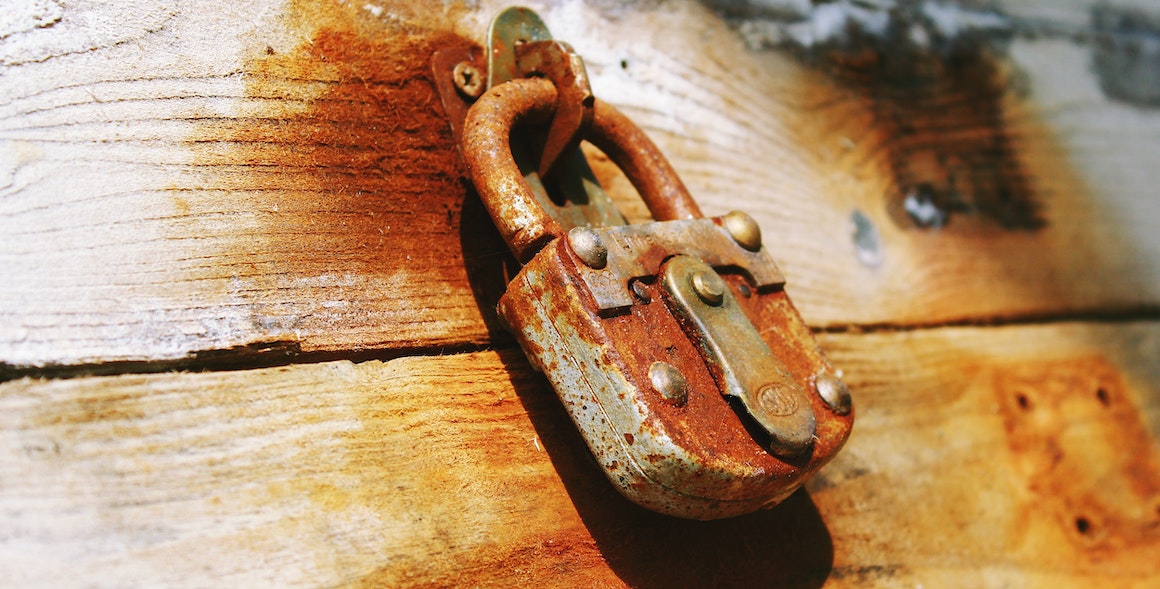The Saudi Central Bank (SAMA) has highlighted that unfortunately banking scams are on the rise and if you are not careful, you could be the next victim. While there are many different types of banking scams, all of them share one common goal: to steal your money. Here are a few tips to help you avoid becoming a victim.
12 Ways to Protect Yourself Against Bank Fraud
Here are other guides that you may also want to check out:
- Job Tips: 9 Tips to Get the Job that You Love
- Create a Budget: 5 Steps to Create a Quick and Easy Budget
- Credit Card: The Pros and Cons of Getting a Credit Card
- Best Shopping Deals: 5 Steps to Get the Best Deals, Offers and Coupons
- Stock Investment: How to Invest in Stocks
- Saving Options: 6 Saving Account Options Available in the Kingdom
Tips
1. Get Notifications for Payments Made
2. Don't give out your personal information to anyone you don't know
3. Do not write down your PIN numbers or Use the Same PIN
4. Be Careful of SMS or Emails Claiming to be From Your Bank
5. Avoid Conducting Banking Activities Using a Public WIFI
6. Destroy Documents That Include Your Bank Details
7. Review Your Credit Report Regularly
8. Send a Test Payment if Paying Someone New A Large Amount
9. Do Not Use Your Credit Card or Debit Card on Unsecure Sites
10. Stay Safe When Using an ATM
11. Install Anti-Virus Software on Your Phone and Computer
12. Take Immediate Steps If Your Account May Have Been Hacked
1. Get Notifications for Payments Made
Setup smartphone notifications or enable SMS for any payments made on your credit card or going out of your bank account so that you can spot fraudulent activity quickly. If you cannot do this, make sure you review your monthly statement for any unusual payments. Anything that seems out of place, even if it is only a small payment, report it to your bank immediately. You must report it to the bank within 30 days for the bank to then take the necessary action.
2. Don’t give out your personal information to anyone you don’t know
Under no circumstances should you give out any personal information to anyone that you do not know that has called you unexpectedly.
Even if someone calls you claiming to be from your bank or a government authority, write down their name and then call them back through the number listed on the official website for the organization. Do not use the number that they give you. Even if the person insists on sending you a text message to prove they are genuine, ignore this and call them back on the official number.
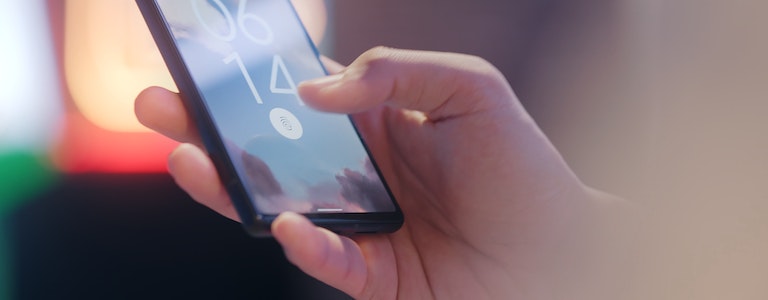
3. Do not write down your PIN numbers or Use the Same PIN
A PIN number is used to authenticate your debit or credit card to allow you to make payments or withdraw money. Never write down your PIN number. If you are having trouble remembering your PIN number, you should check with your bank whether you can change it to something that is easier to remember. However try not to use the same PIN number for all your debit and credit cards.
4. Be Careful of SMS or Emails Claiming to be From Your Bank
We all receive SMS messages from our bank from time to time. However, banks will not usually send you a message with a clickable link without warning you beforehand. Therefore if you receive an SMS with a link, call your bank to check that they sent you the SMS.
When you receive an email claiming to be from your bank with links that they ask you to click, check the sender’s email and make sure the end of the email exactly matches the website address for the bank. If it doesn’t, call your bank to check if they sent you the email.
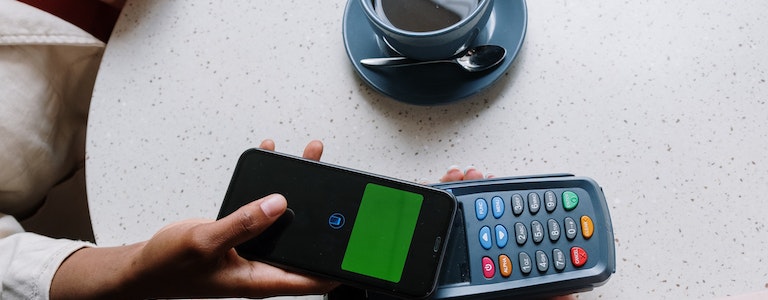
5. Avoid Conducting Banking Activities Using a Public WIFI
Public WIFIs are a lot less secure than private WIFI as anyone can log onto a public WIFI and potentially see any data that is being sent or received. This means that if you are accessing your bank account on a public WIFI, someone could see your login details and hack into your account. If you need to conduct some banking activities urgently it is better to use a private WIFI connection or your phone data.
6. Destroy Documents That Include Your Bank Details
This includes shredding bank statements and cutting up old debit and credit cards. When you throw these away, make sure you do not throw all the pieces away in the same bin. This will make it harder for someone to put the pieces together and steal your information.
7. Review Your Credit Report Regularly
Reviewing your credit report regularly is good financial practice. In addition to understanding your credit score, it will also help you to keep an eye out for any unusual activity. If someone has fraudulently taken out a loan or credit card in your name, it will show up on your credit report. Access your credit report easily through Molim.
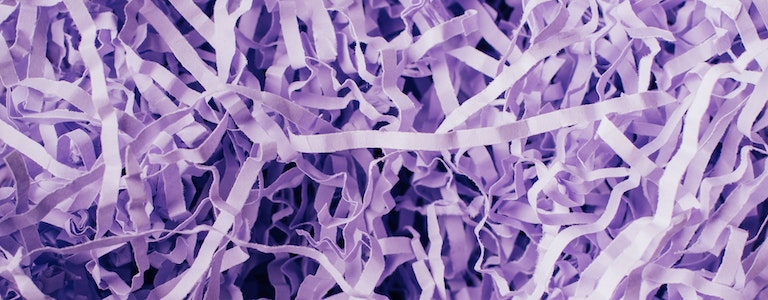
8. Send a Test Payment if Paying Someone New a Large Amount
It can be very easy to mistype details and send money to the wrong bank account. To avoid this, if you are making a large transfer to someone new, send them a test payment first. Once they have confirmed that they have received it, you can send them the balance.
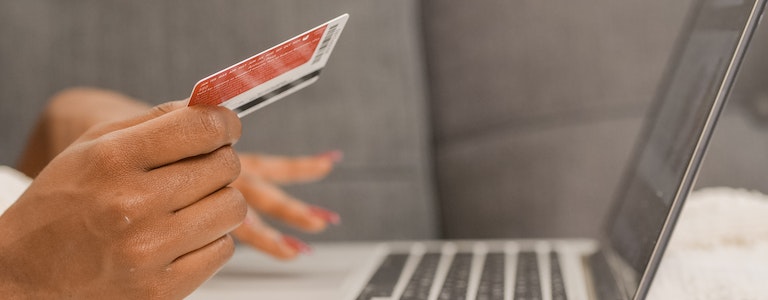
9. Do Not Use Your Credit Card or Debit Card on Unsecure Sites
Before you use your credit card or debit card on a website, check that the website is secure. The easiest way to do this is to check whether there is a little padlock next to the website domain name and make sure the website starts with https and not http. If the website is not secure any card details you use on the website could be viewed by a potential fraudster.
10. Stay Safe When Using an ATM
Take extra measures to protect yourself when withdrawing cash from an ATM. Before you put your card into the ATM, make sure there is nothing around the slot which could be a card reader placed there by a fraudster. Use your hand to cover the number pad when entering your PIN and if you are withdrawing a large amount that you need to count, use an ATM within a secure location such as a bank.
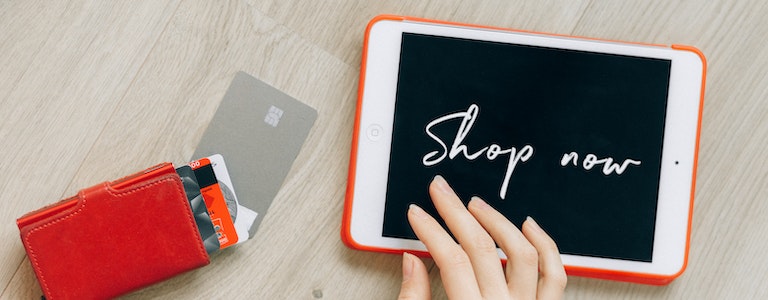
11. Install Anti-Virus Software on Your Phone and Computer
Make sure you have some form of anti-virus software installed on your computer which is always up to date. This will help protect your computer and phone from any viruses or malicious software that could be used to access your banking details. See our list of [free anti-virus software].
12. Take Immediate Steps If Your Account May Have Been Hacked
If you believe you have logged into a fake bank website or shared sensitive data with a potential fraudster, follow these steps:
Log into your bank account through the correct bank website from a different mobile or computer to the one that you used to log into the fake website (in case the fake website has downloaded malicious software) and change your password and username.
Notify your bank that your account may have been hacked so that they can monitor your account and take additional security measures.
Be extra cautious about any calls or SMS you may receive in the following days and weeks which may be from the fraudsters.
What's Next?
Now that you know how to bank safely, choose the bank that is right for you. See Our guide on How to Choose the Best Bank For You
It is also important to stay safe whilst shopping online. Here are 12 Tips on How to Stay Safe Online
Not Happy with a Service You Have Received? See Our Guide on the Best Way to Complain
Sponsor
The organization below has kindly sponsored this guide to cover the cost of providing it to you. However the company has not had any influence over what is written.
See How MyMal Works for more information.



